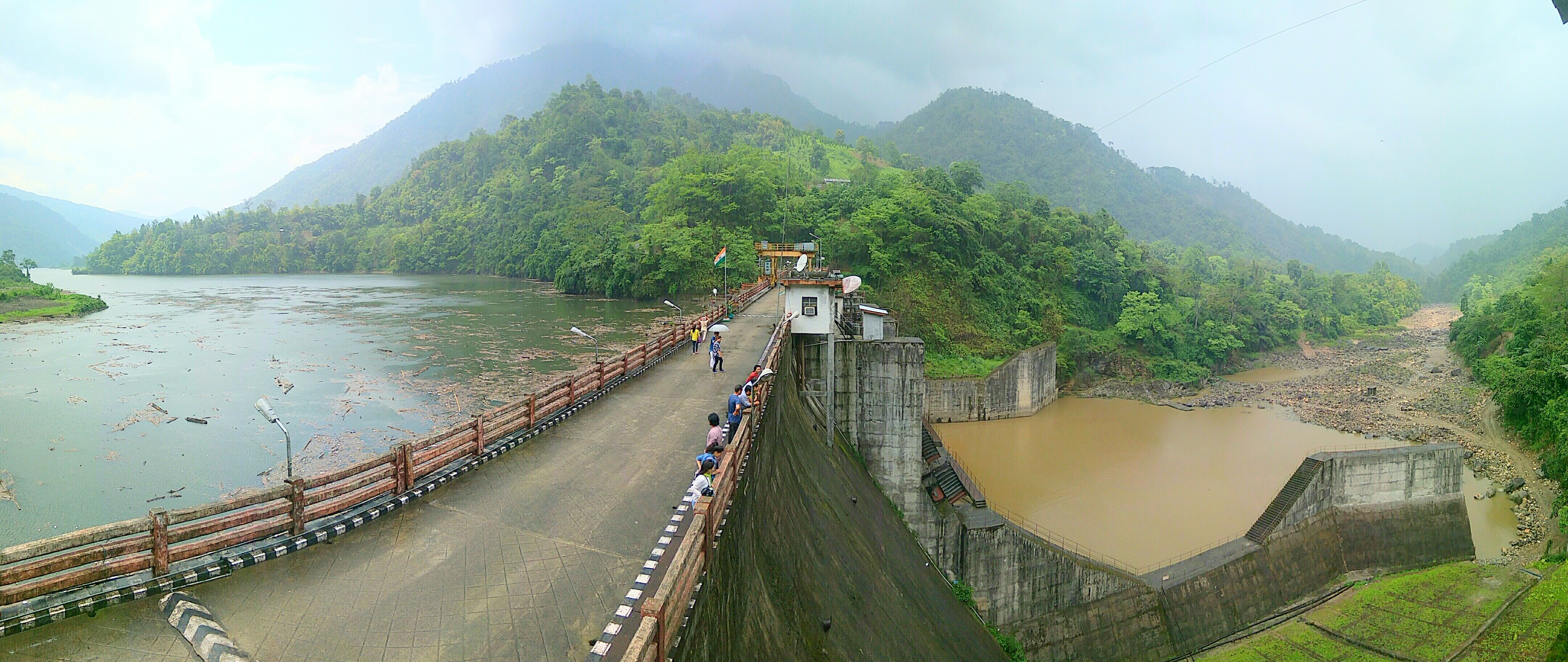Ranganadi Dam in Arunachal Hits Ecology and Human Life

ITANAGAR: “The legend of Rikam Pada and Rinyam Yame has its roots in this place. The tawlin- a chair shaped stone –was where Rinyam Yame sat and weaved her clothes,” says Lishi Baka before adding, “That stone was submerged after the dam was built”.
The NEEPCO’s Ranganadi Hydro Electrical Project (RHEP) on the Ranganadi/Panyor river with an installed capacity of 405 mega watts near Potin in Lower Subansiri district is the only functional mega hydropower project in Arunachal Pradesh.
Despite plans to build over 160 hydropower projects of different scales, logistical hurdles, delays in procuring clearances and concerns over their environmental impacts from local indigenous populations have meant that most are yet to get off the ground.
However, at least two more projects- 600MW Kameng project and 110MW Pare project- (both built by NEEPCO) will be commissioned by the end of this year. NEEPCO authorities say that the two projects are run-of-the-river dams which have a lesser impact on the environment as opposed to storage dams which require a reservoir.
The Ranganadi dam too is touted to be a run-of-the-river dam. For the layman, however, one look at the dam makes it clear that it is anything but.
Commissioned in the year 2001, the project is supposed to generate 1509 mega units of power annually. The project’s senior manager, S Sharma, informed that the 1509 mega units is the “desired production” and that the actual figure varies from anything between 10 mega units a day to 1 mega unit. He also informed that the desired production unit was met once in 2004. Its impact on the ecology however, has been more severe.
At the time when the project was signed in the 80s, environmental laws did not address the need for dams to ensure that a minimum amount of water is released regularly to maintain the environmental flow ‘required to sustain freshwater and estuarine ecosystems and human livelihoods and well-being that depend on these ecosystems’. This has led to the drying up of the downstream of the river, severely affecting both marine and human lives.
Villagers from the area say that they have not seen fishes like the noka, tangar, ngurap, and ngoh that were once abundantly found for years now.
“Instead we have to buy them from markets in the plains of Assam,” one local resident said, highlighting the fact that the livelihood of humans is as much dependent on aquatic life as theirs on humans.
Environmental and cultural concerns aside, there is also a sense of betrayal amongst the people of the area.
The project, reportedly, was built without signing a memorandum of understanding and was commissioned on the basis of a meeting held on August 28, 1990 between NEEPCO and the then chief minister, Gegong Apang.
The discovery of this information led residents from affected villages to form the RHEP MoU Demand Committee, demanding, well, a MoU.
The committee’s secretary, Tao Tana, said that the minutes of the meeting held in 1990 had to be taken “forcefully”. He also raised doubts over NEEPCO’s recent claims that 179 local people were recruited for the project.
There are 257 affected families and at least two villages and their paddy fields have been submerged due to the project.
“We were first moved from Popu village to Rub and then to Chun on the downstream side,” says Baka, who is also the anchal samiti member from Potin where 27 families were ultimately relocated. The villagers also claim that there was no rehabilitation by NEEPCO although the public sector unit claims that it “developed Potin”.
Villagers scoff at such claims, saying that NEEPCO used substandard material to build the houses for the displaced families.
Villagers also say that the streams on the hilltops of Potin are beginning to dry up. This, most likely, is caused by the seepage due to the 10 km tunnel that runs underneath their village.
Asked if the tunnel has caused any damages to their homes, Tana says, “Since we are poor we have not been able to build big houses, so the damages too have been minimal”.



